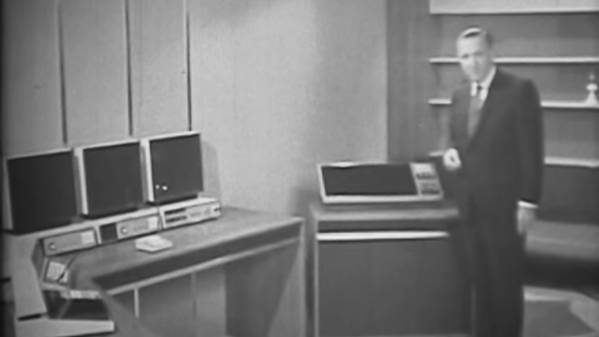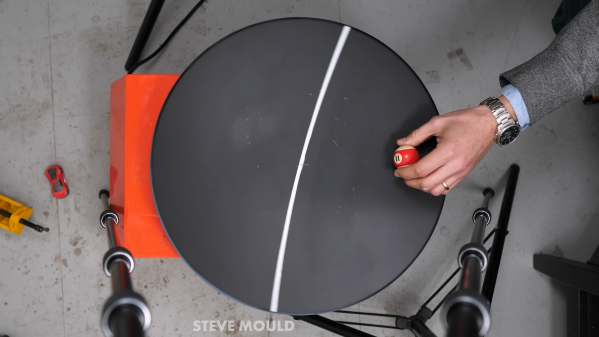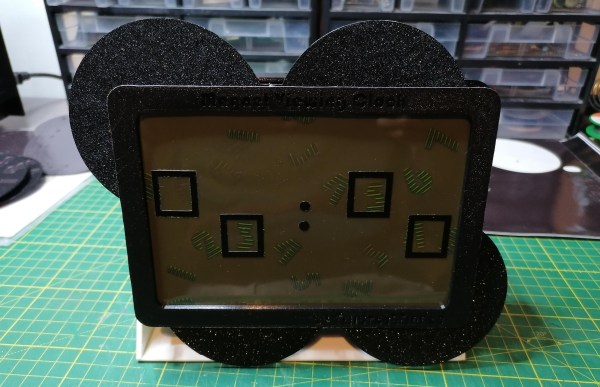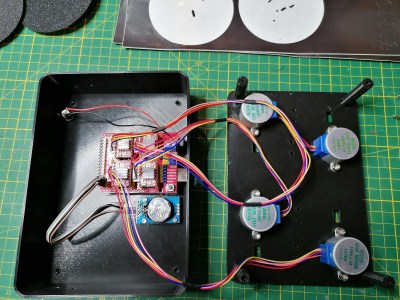If you only watch the first 60 seconds of 1967’s “At Home, 2001,” you’ll be forgiven for thinking that the film is riddled with missed predictions. And to be sure, the cold open is rife with them, from disposable paper furniture to seashell-shaped houses that look like they’re extruded from concrete. Really, the only clear winner from that first tranche of predictions is the rise of the microwave oven, which given the expense of magnetrons in 1967 and the complexity of the electronics needed to drive them was a non-obvious development.
But pushing beyond that opening to the meat of this film reveals a fair number of domestic trends that actually did manage to come true, at least partially, and if not by 2001 then shortly thereafter. The film is an educational piece hosted by iconic American newsman Walter Cronkite, who lends his gravitas to the proceedings. The film opens with “Uncle Walter” sonorously pontificating on the unsustainability of the “ticky tacky” spawl of the suburbs and how the situation simply must change.
Continue reading “Retrotechtacular: A 1960s Look At The 21st Century Home”




















